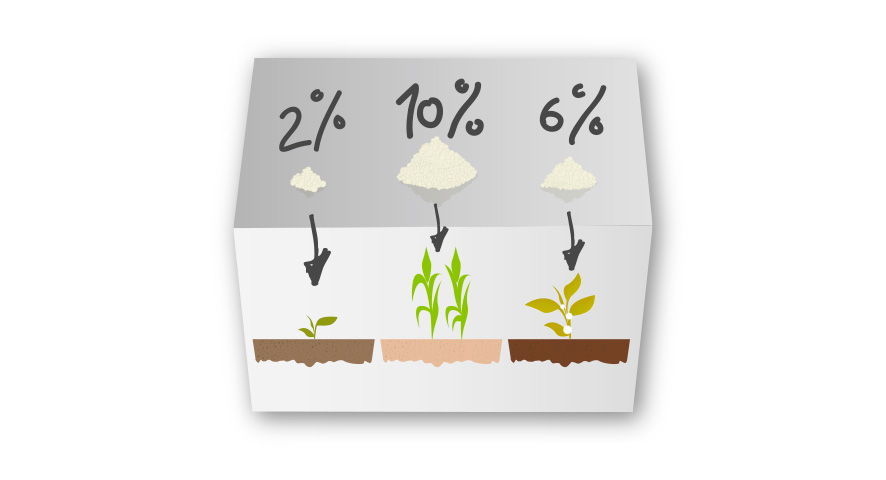1.- EBITDA
The knowledge of the nutritional state of the soil will allow the most rational use of inputs (fertilizers) and then contribute to reducing production costs.
2.- EBITDA/labour unit
The knowledge of the nutritional state of the soil will allow the most rational use of inputs (fertilizers) and then contribute to reducing production costs.
3.- Production costs
The knowledge of the nutritional state of the soil will allow the most rational use of inputs (fertilizers) and then contribute to reducing production costs.
4.- Yield/ha UAA
The adjustment (increase or decrease) of the doses of fertilizers to the crop needs can increase yields.
5.- Yield/ ha main fodder area
The adjustment (increase or decrease) of the doses of fertilizers to the crop needs can increase yields.
7.- Effectiveness working time
The adjustment in the use of fertilizers could imply a reduction in the number of treatments and, therefore, in the working time.
8.- SI – Satisfaction Index
The implementation of this BMP could have a positive influence on the farmer’s perception.
17.- Arable land use efficiency
Performing soil testing can help to know how much fertilizer is needed, therefore, yields can be improved and, consequently, the surface needed to produce 1 Petroleum equivalent Tonne will diminish.
